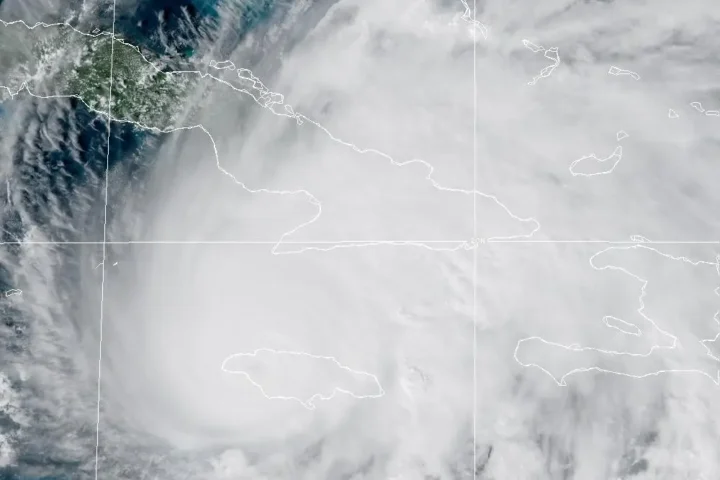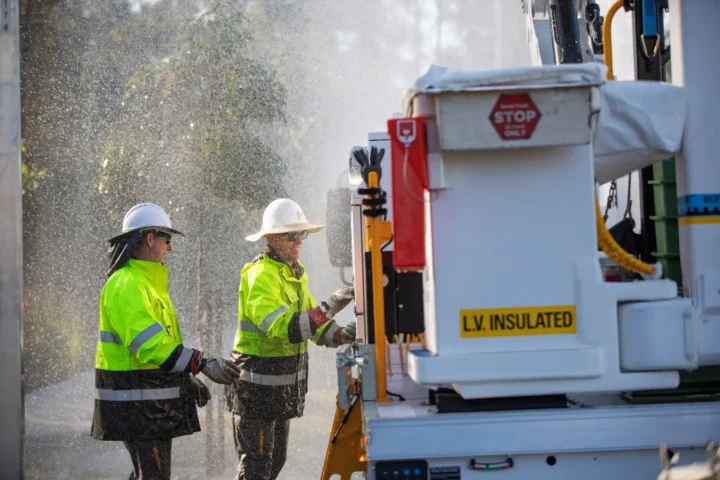President Trump’s Executive Order 14154, “Unleashing American Energy,” discontinued federal agencies’ use of the social cost of carbon (SCC) by disbanding the Interagency Working Group on the Social Cost of Greenhouse Gases established under President Biden’s Executive Order 13990. The order specifically states: “The calculation of the ‘social cost of carbon’ is marked by logical deficiencies, a poor basis in empirical science, politicization, and the absence of a foundation in legislation.”
Within 60 days of January 20, 2025, the EPA
must “issue guidance to address these harmful and detrimental inadequacies, including consideration of eliminating the ‘social cost of carbon’ calculation from any Federal permitting or regulatory decision.” In the interim, agencies must use guidance from the 2003 version of OMB’s Circular A-4.
What the Social Cost of Carbon Measured
The Social Cost of Carbon (SCC) is an estimate, typically expressed in dollars, of the economic damages associated with emitting one additional ton of carbon dioxide into the atmosphere. The SCC puts the effects of climate change into economic terms to help policymakers and other decisionmakers understand the economic impacts of decisions that would increase or decrease emissions.
Under President Biden, the IWG released interim estimates on February 26, 2021, with the social cost of carbon valued at approximately $190 per ton (2020 dollars). The Biden administration’s prior SCC estimate of $190 per ton (2020 dollars) reflected updated economic modeling and inflation adjustments but will now be dormant except where law requires.
This topic relates to broader environmental policy issues and carbon reduction initiatives being implemented globally.
Technical Framework and Models Used
The United States formalized the Social Cost of Carbon under President Barack Obama in 2010. An Interagency Working Group (IWG) composed of 12 federal agencies developed the first U.S. government SCC estimates, drawing on outputs from three IAMs: DICE, FUND, and PAGE. In 2022, Resources for the Future published findings through the peer-reviewed journal Nature and found an estimated SCC of $185 per ton of CO₂, up significantly from previous federal estimates of about $50 per ton.
Historical Policy Changes
In 2017, President Trump’s Executive Order 13783 disbanded the IWG and reduced the SCC to under $5 per ton by adopting higher discount rates and narrower damage scopes. According to the Government Accountability Office, Trump’s changes meant “current federal estimates, based on domestic climate damages, are about 7 times lower than the prior federal estimates that were based on global damages.”
President Biden’s E.O. 13990 (Jan. 20, 2021) reestablished the IWG and updated the SCC to approximately $190 per ton (2020 dollars) to reflect longer-term impacts and lower discount rates.
These policy changes connect to broader global patterns of carbon management and climate governance efforts worldwide.
Recent EPA Actions Under Administrator Zeldin
On March 12, 2025, EPA Administrator Lee Zeldin announced that the agency is revisiting the Biden-Harris Administration’s “social cost of carbon,” stating: “The Biden-Harris Administration’s so-called ‘social cost of carbon’ measurement was used to advance their climate agenda in a way that imposed major costs. To Power the Great American Comeback, we are fully committed to removing regulations holding back the U.S.”
Similar Posts
Zeldin announced 31 historic actions in what he called “the greatest and most consequential day of deregulation in U.S. history,” including Overhauling Biden-Harris Administration’s ‘Social Cost of Carbon’. Zeldin said he intends to “drive a dagger through the heart of climate-change religion” and announced plans to reconsider rules and regulations including the 2009 endangerment finding.
Economic Methodology and Criticism
When assessing the costs and benefits of proposed environmental regulations, federal agencies use estimates of the “social cost of carbon”—economic damages from increases in greenhouse gas emissions. According to EPA, these gases stay in the atmosphere long enough to become “well mixed”—contributing to global damages regardless of their origin.
The methodology involves three key steps: projecting future emissions based on economic growth and demographics, modeling climate responses like temperature increases and sea level rise, and assessing impacts on agriculture, health, energy use, infrastructure, and ecosystems.
During the Obama administration, the Office of Management and Budget convened an Interagency Working Group on the Social Cost of Carbon to develop a harmonized set of estimates to be applied consistently across the federal government. The federal government has no plans to address the recommendations of the National Academies of Sciences, Engineering, and Medicine for updating the methodologies used to develop the federal estimates of the social cost of carbon.
International Context and Applications
The SCC has been used across the US federal government. It is also used in several states and other countries, as well as in a range of decisionmaking contexts: In New York and Illinois, the SCC serves as the basis for the value of “zero-emission credits” paid to electric utilities under state clean energy legislation.
Discount rates, scope of damages (global vs. domestic), and valuation methods vary substantially across 40 governments and 25 sub-governmental entities that currently employ some form of carbon pricing. In 2023, the Canadian government directly adopted the updated EPA estimates.
Implementation and Statutory Requirements
Federal agencies must now rely on statutory language rather than interagency guidance when deciding to assign a dollar value to CO₂ emissions. This constraint may limit the SCC’s application to a narrower set of rules, such as those directly required under the Clean Air Act or similar mandates.
Rigorous evaluation of costs and benefits is a core tenet of the rulemaking process. It is particularly important in the area of climate change. The current estimate of the social cost of CO2 emissions (SCC) has been developed over many years, using the best science available, and with input from the public.
Budget and Staffing Changes at EPA
EPA Administrator Zeldin announced a mission to save taxpayers an estimated $300 million annually by next year through an office overhaul, bringing EPA staffing down to Reagan-era levels of approximately 11,400 employees from the current 15,000. The former Long Island congressman has said he would seek to slash EPA spending by 65%, twice the 31% proposed by Trump in his first term.
Zeldin noted that EPA’s budget and grants last year under the Biden administration sat at approximately $63 billion, though it had previously been funded to the tune of between $6 billion and $8 billion a year. The Biden administration’s EPA budget requested over $12 billion in discretionary budget authority for fiscal year 2024, with significant additional funding through the Greenhouse Gas Reduction Fund and other climate programs.
Latest Enforcement and Implementation Changes
EPA also announced on Wednesday that it would end its environmental justice programs. Zeldin ordered the reorganization and elimination of the Office of Environmental Justice and Environmental Justice divisions in its 10 regions, officially terminating 171 employees placed on administrative leave in January 2025.

Zeldin announced that EPA will promptly revise its National Enforcement and Compliance Initiatives to ensure enforcement efforts do not discriminate based on race and socioeconomic status (i.e., it will end targeted enhancement in localities previously identified as environmental justice communities).
Environmental issues related to pollution and regulatory changes continue to be monitored closely by advocates and watchdog organizations tracking these developments. The directive to discontinue the social cost of carbon represents part of a broader policy shift affecting federal climate regulations, energy permitting, and environmental enforcement priorities across multiple agencies. Federal agencies now operate under different economic frameworks for evaluating greenhouse gas emission impacts, with potential implications for future regulatory decisions and environmental policy development.

















